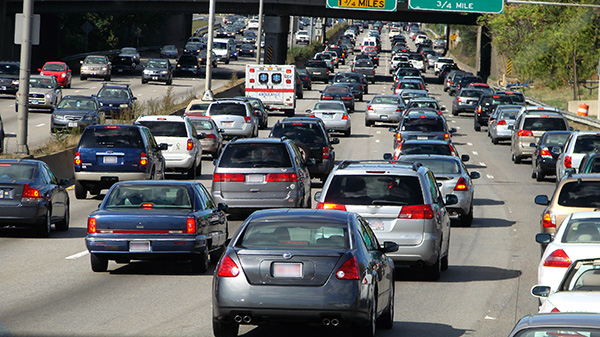
Highway driving may feel routine, especially for daily commuters or long-distance travelers. But that familiarity also leads to bad habits—some of which can put you and everyone around you at risk. Whether it's something as simple as lane drifting or as dangerous as tailgating, small mistakes at high speeds can have big consequences.
Let’s take a closer look at these six highway habits that many drivers get wrong—and what you can do to avoid them.
Not Checking Blind Spots Before Changing Lanes
Relying solely on mirrors when switching lanes is one of the most common highway mistakes. Mirrors don’t show everything, and most vehicles have blind spots large enough to hide an entire car. Changing lanes without turning your head to check can result in near-misses or full-on collisions.
Using blind-spot monitoring systems helps, but they shouldn’t replace a quick shoulder check. It only takes a second to glance over—and it could prevent a serious crash.
Driving Too Fast for Conditions
Just because the speed limit says 70 mph doesn’t mean it’s always safe to drive that fast. Rain, heavy traffic, fog, and even strong winds all change how your vehicle handles. Still, many drivers fail to adjust their speed when conditions shift, putting themselves and others in danger.
Highway speeds require longer stopping distances, and poor weather only makes that worse. Slowing down a little during rough conditions isn’t overcautious—it’s smart.
Following Too Closely (Tailgating)
It’s easy to feel impatient when you’re stuck behind a slower driver. But tailgating is more than just annoying—it’s risky. At highway speeds, you need several seconds of space to react if the car in front of you brakes suddenly.
That small gap between your bumper and theirs might not seem like a big deal—until you're forced to slam on the brakes and realize you’re out of room. Keeping a safe distance gives you time to react and lowers your risk of rear-ending someone.
Failing to Use Turn Signals
Turn signals exist for a reason: to let others know what you’re planning to do. But far too many drivers ignore them, especially on the highway where lane changes happen frequently. Failing to signal creates confusion and frustration for other drivers, which can lead to aggressive reactions or sudden braking.
Using your signal isn’t just polite—it’s a safety measure. And in most places, it’s legally required.
Zoning Out or Getting Too Comfortable
Long highway drives can be monotonous, and it’s easy to mentally check out, especially on a familiar route. But distracted or drowsy driving is extremely dangerous at high speeds. Whether you're daydreaming, using your phone, or just not paying full attention, losing focus can cost you valuable reaction time.
If you catch yourself zoning out, pull over and take a break. Even a few minutes out of the car can reset your focus and help you stay alert.
Not Adjusting to Traffic Flow
Some drivers stick stubbornly to the speed limit in the fast lane, while others weave through traffic trying to go faster than everyone else. Both can be problematic. Good highway driving isn’t just about obeying the law—it’s about reading traffic and adjusting accordingly.
If you’re blocking traffic in the left lane, you’re likely causing frustration and possibly road rage. On the flip side, if you’re constantly darting between cars, you’re increasing your risk of a collision. Smart highway drivers stay aware of the flow and fit into the rhythm of traffic, not fight against it.
Stay safe out there—visit Euro Car Tech in Arlington, TX, for expert vehicle care before your next highway drive. Book your appointment today!